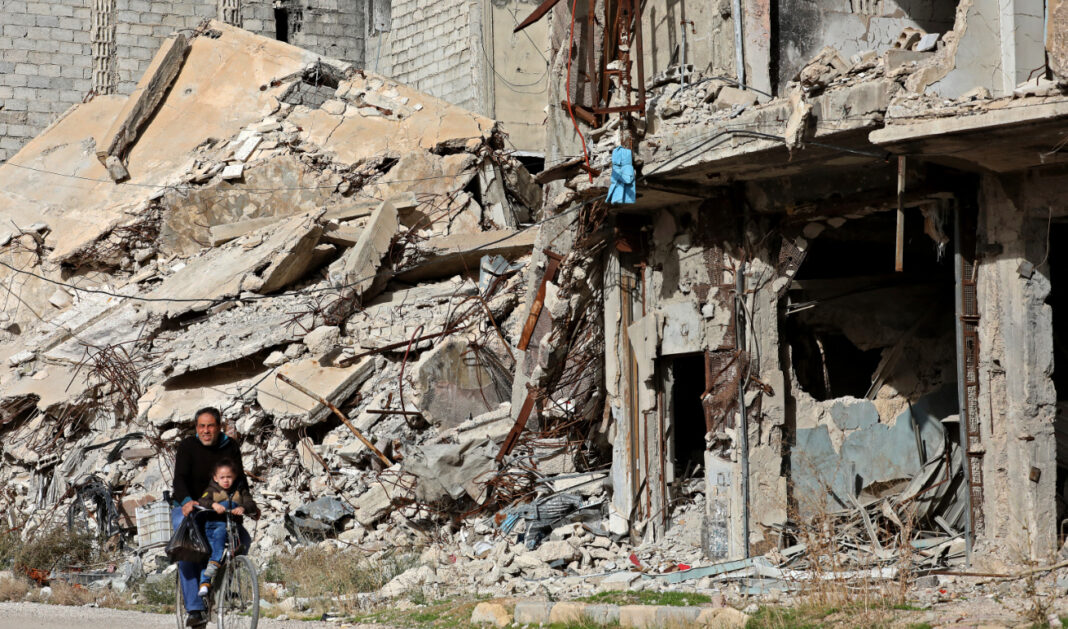GENEVA: The number of people fleeing war, conflict and persecution rose significantly during the first half of 2021, driven especially by the millions more displaced inside their own countries, the UN said.
In a fresh report, the UN refugee agency estimated that by the end of June, more than 84 million people worldwide were living as refugees, asylum seekers, or in so-called internal displacement within their own countries.
That marks a hike of about 2 million people from an already record high at the end of 2020.
“The international community is failing to prevent violence, persecution and human rights violations, which continue to drive people from their homes,” UN refugee chief Filippo Grandi said in a statement.
In its mid-year trends report, the agency warned that many of those fleeing their homes were facing additional challenges due to Covid-19, extreme weather and other effects of climate change.
Some 26.5 million people were living as refugees by the end of June, including some 6.6 million Syrians, 5.7 million Palestinians, and 2.7 million Afghans.
Some 3.9 million Venezuelans were also displaced beyond their borders without being considered refugees, while 4.4 million people were registered worldwide as asylum seekers. While those numbers marked small hikes, most of the increase in global displacement seen during the first half of the year was due to people fleeing inside their countries, especially in Africa, UNHCR said.
More than 4.3 million people were estimated to have become newly internally displaced across dozens of countries between January and June — 50 percent more than during the first half of 2020, the report showed.
Intensifying violence in the Democratic Republic of Congo and Ethiopia, with its escalating conflict in Tigray, forced more than 1 million people to flee internally in each of those countries.
Active conflicts and violence also pushed up internal displacement in places like Myanmar, Afghanistan, Mozambique and South Sudan, UNHCR said.
Meanwhile, fewer than 1 million internally displaced people were able to return home during the first half of 2021, leaving a full 51 million worldwide living in internal displacement at the end of June, up from 48 million six months earlier.
The vast majority of refugees are hosted in countries neighboring crisis areas, mainly in poorer parts of the world, while IDPs often find accommodation in already struggling communities.
“It is the communities and countries with the fewest resources that continue to shoulder the greatest burden in protecting and caring for the forcibly displaced,” Grandi said.
“They must be better supported by the rest of the international community.”




